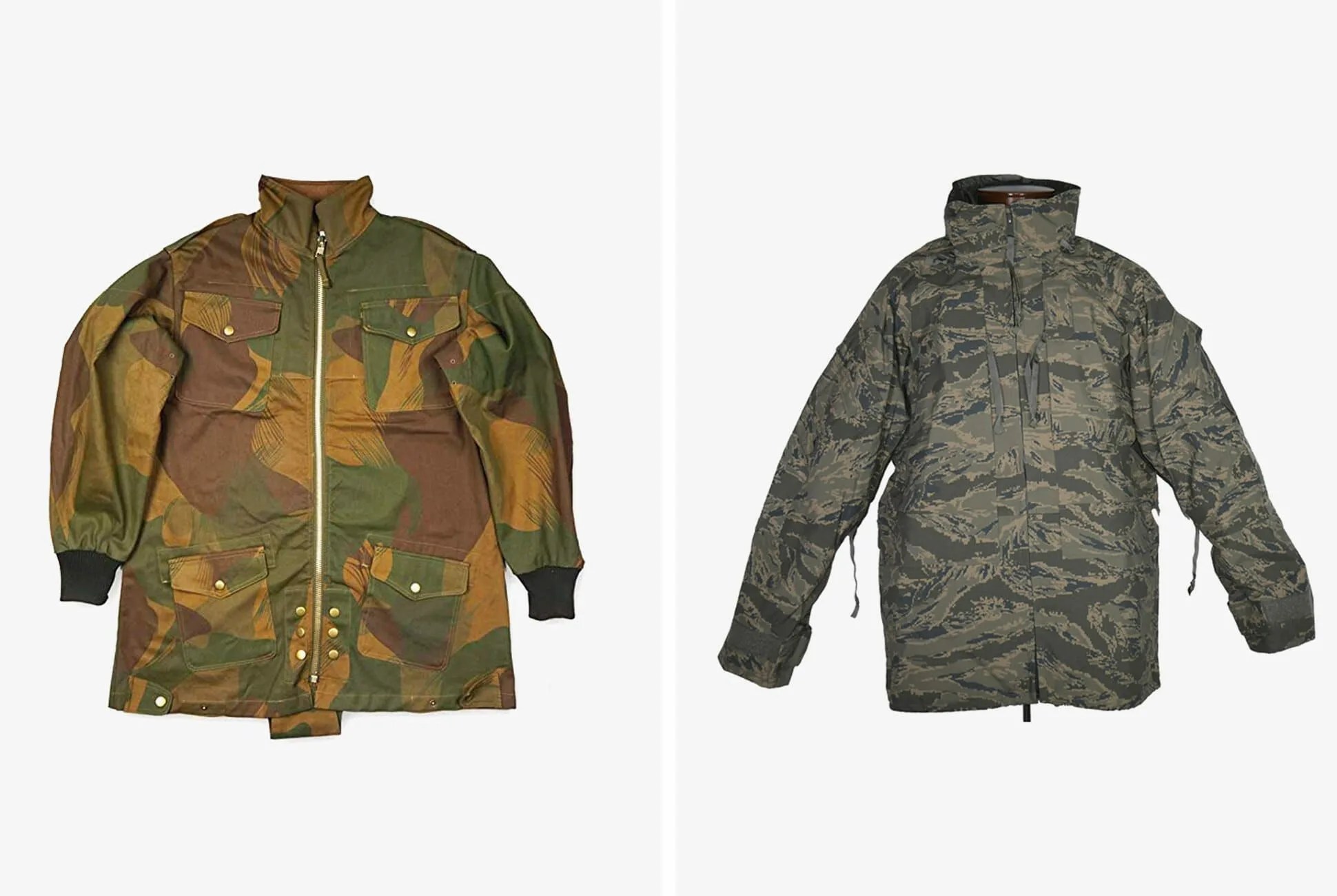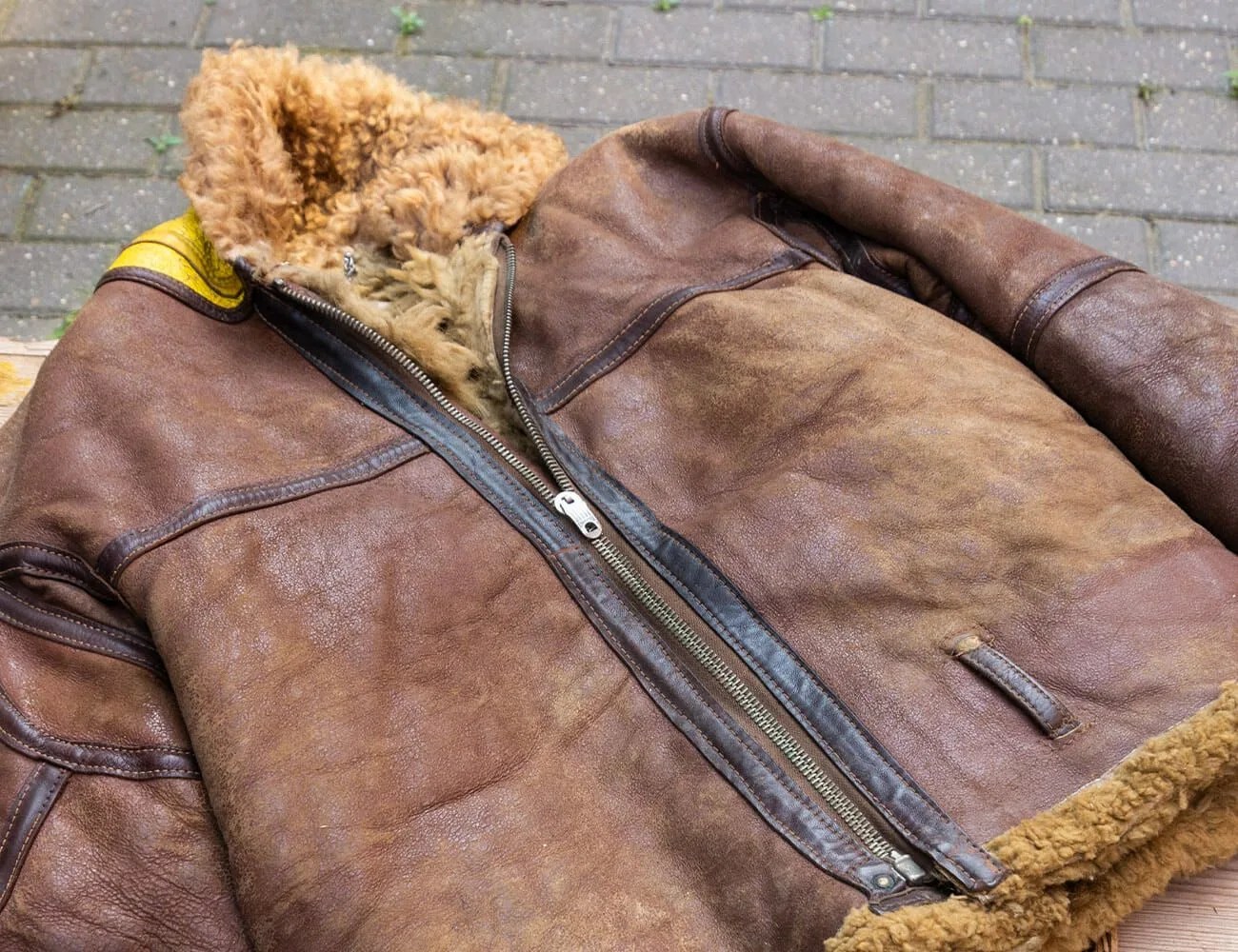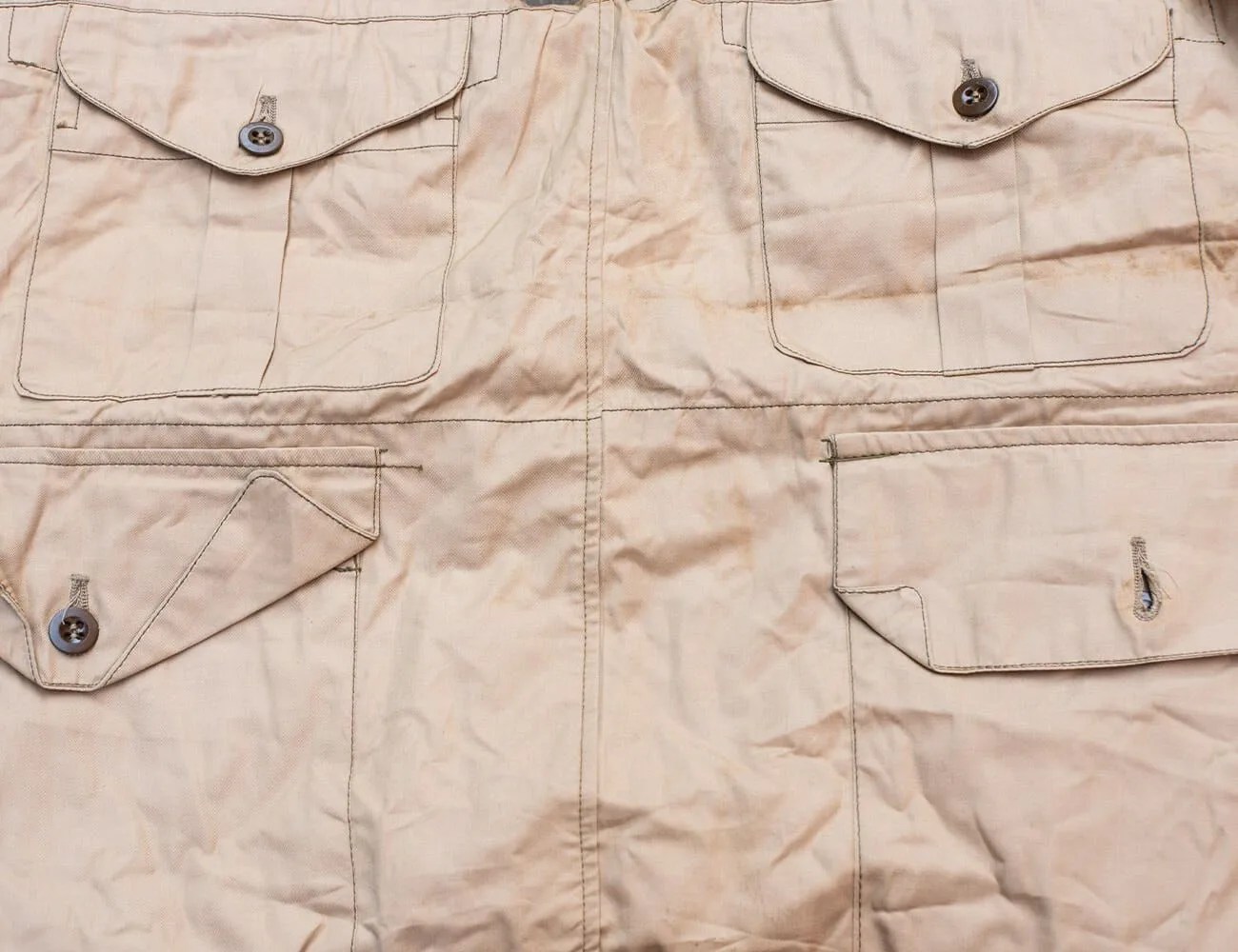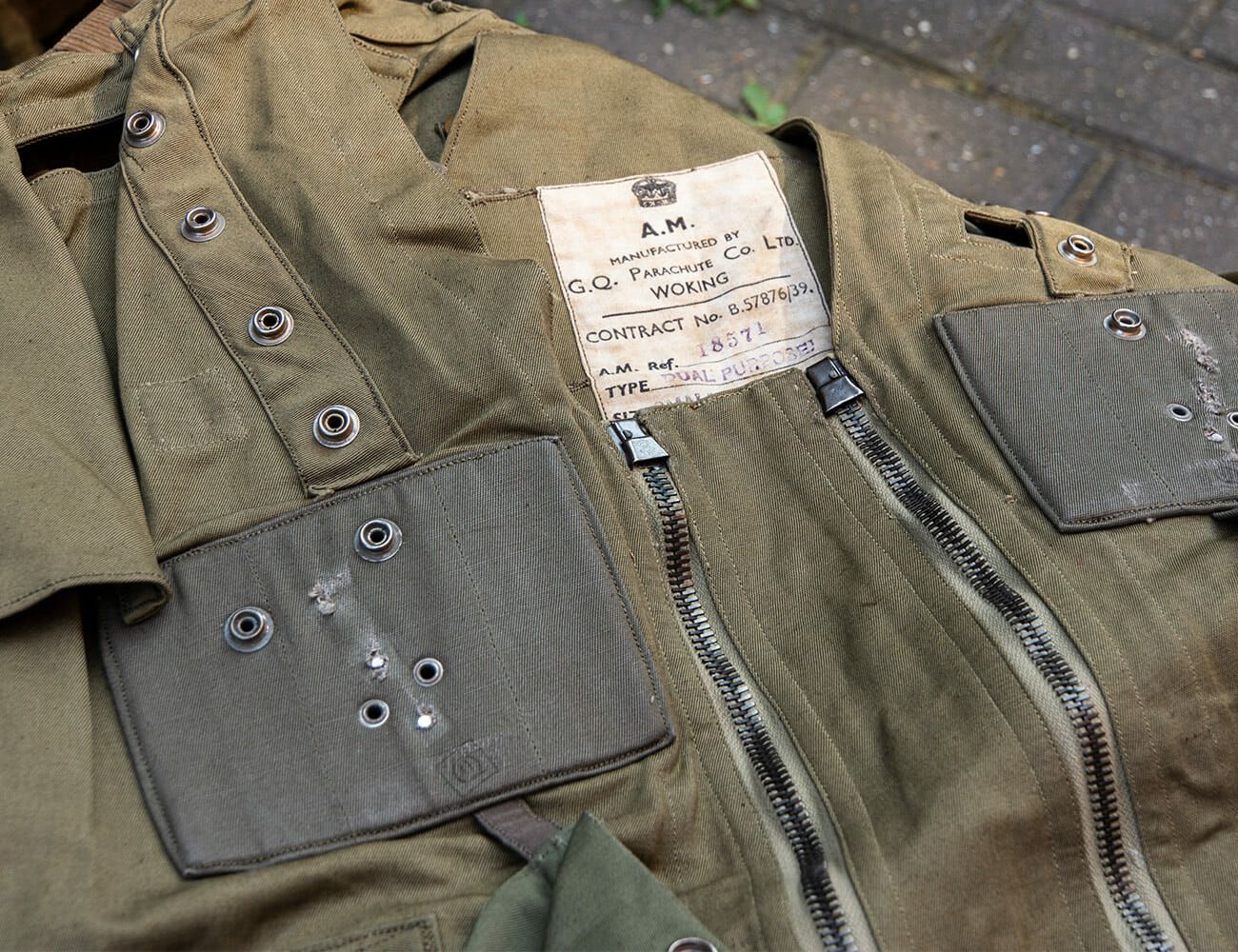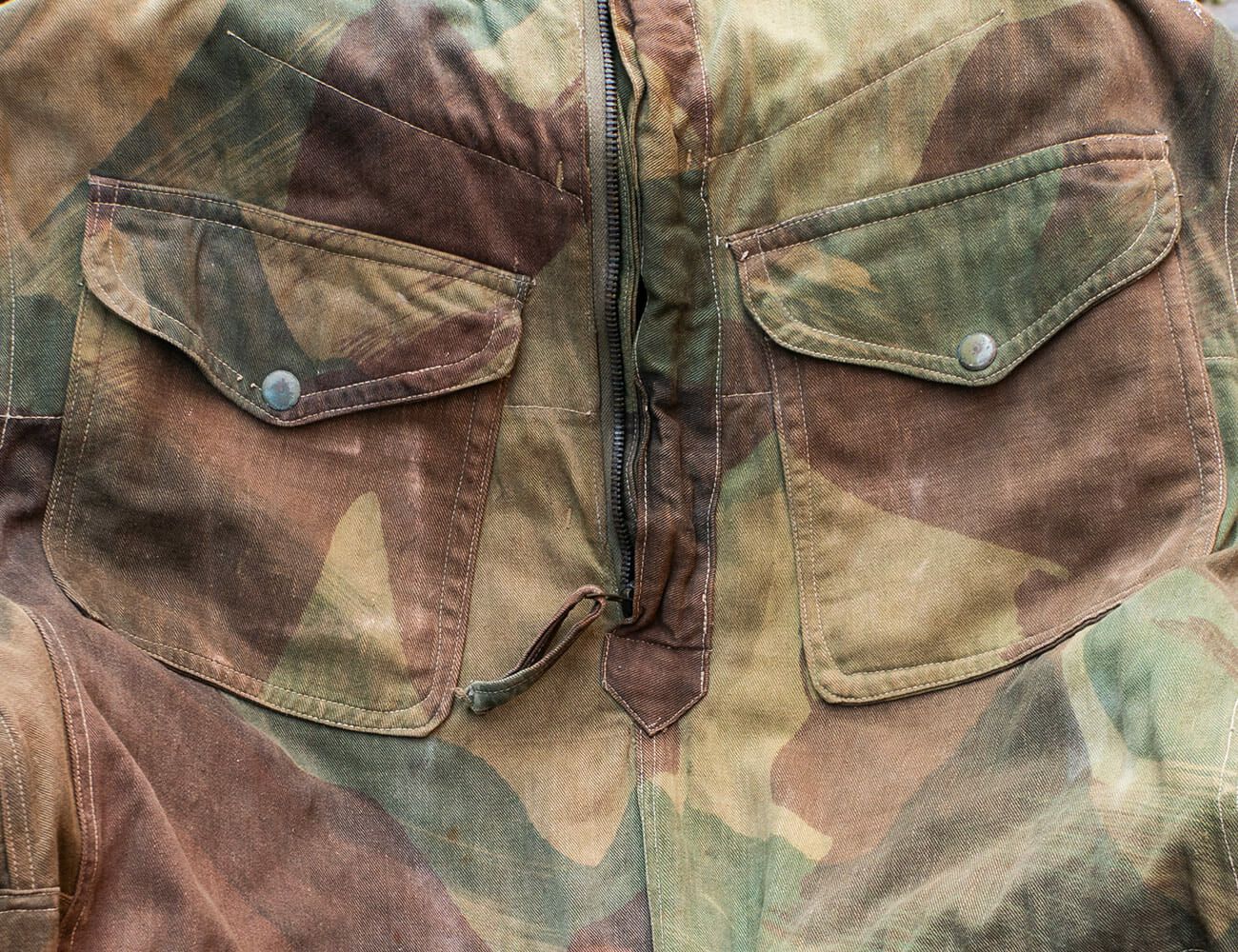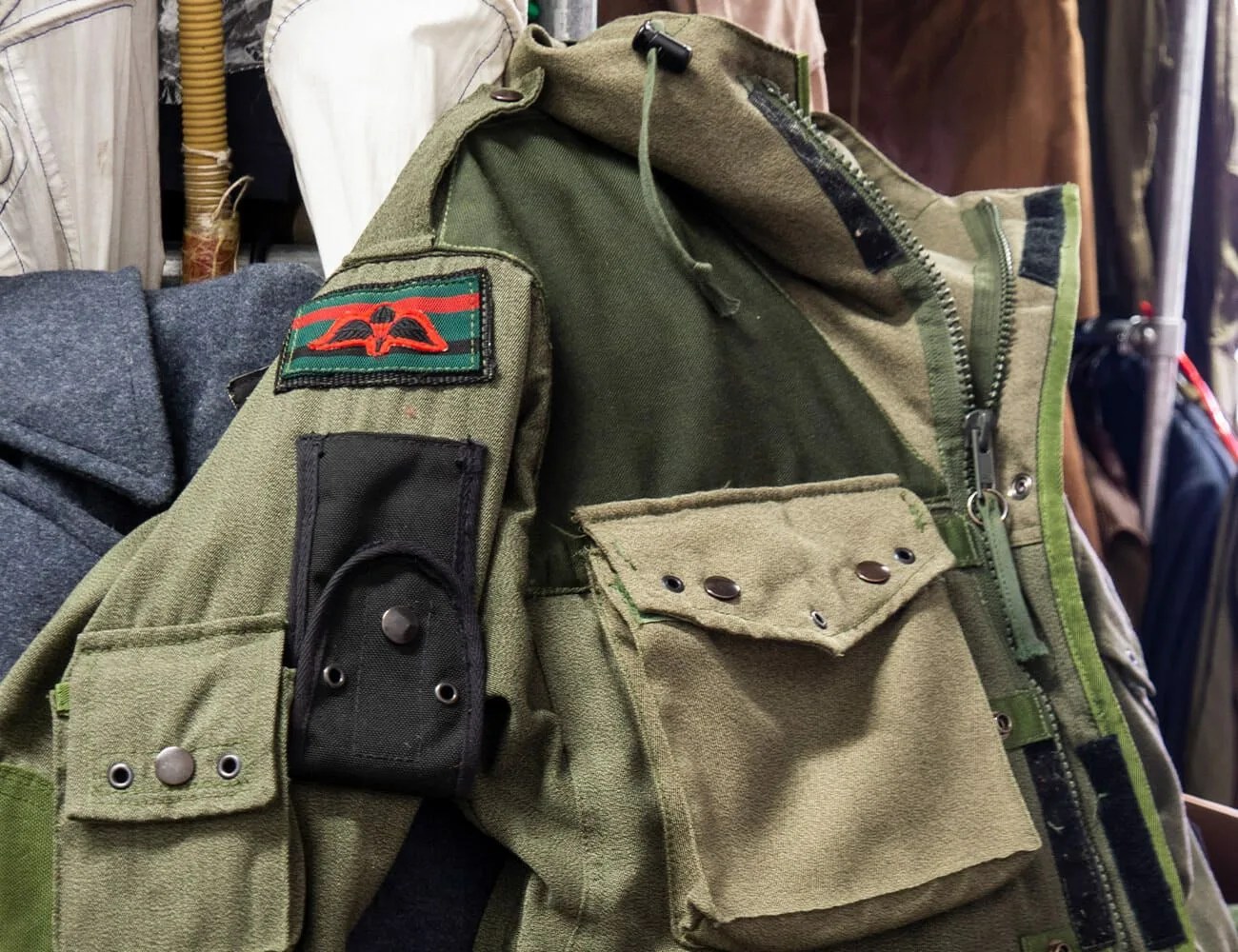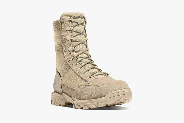It’s difficult to overemphasize the influence of military kit on modern-day performance athletic clothing. The battlefield is the ultimate testing ground for materials and design, and the innovations in uniform development mirror in importance those that occurred in ballistics, airpower, seapower and even tactics. As time passes, these innovations subsequently trickle down into the civilian market, giving rise to hi-tech performance clothing that, to the average consumer, seems to have been conceived out of thin air. The reality, of course, is far different.
At Silverman’s, a London-based supplier of military kit established in 1946, there is a special reverence for early military kit. Indeed, the company’s facilities are chock full of it, bursting with vintage surplus mostly invisible to the consumer who wanders in off the streets in search of a new pair of work boots or an insulated jacket. But there are gems to be found amongst all the detritus of war, some of which are just too cool not to show here.
Look closely and you’ll quickly see the through-lines between this gear, developed for soldiers to execute daring missions behind enemy lines, and modern gear that makes use of similar technology, whether for sweat wicking, thermal insulation, fire retardation or other purposes. Strikingly modern in feel and construction, some of these vintage pieces look and feel like they could have been manufactured today.
1940s Camouflage SAS Smock
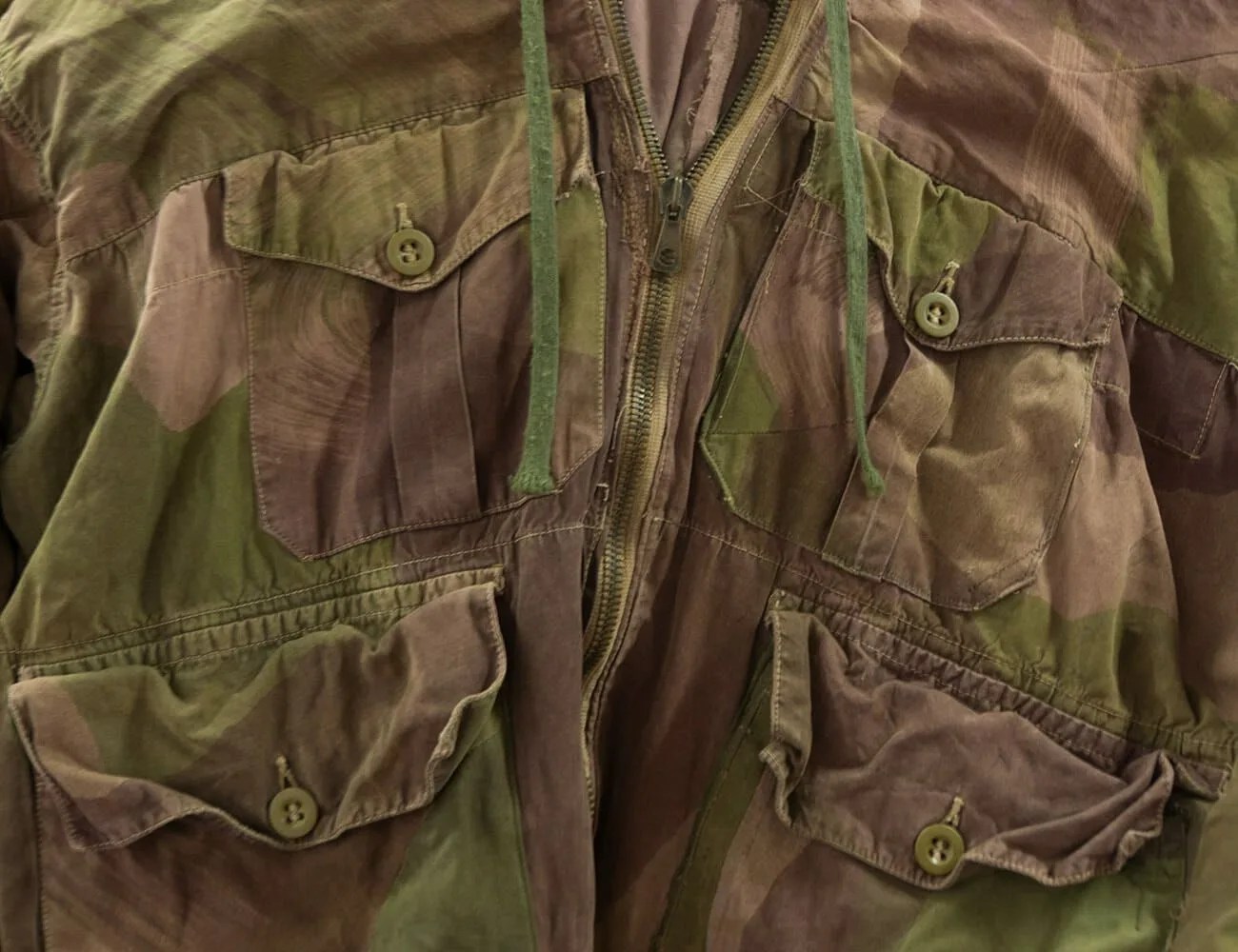
A windproof smock issued to the Special Air Service in the 1940 during the Second World War, this garment was originally a pull-over design with a gusset present at the neck, but was later modified with a zipper. It’s made of gabardine, a tight-weave cotton that swells when wet to prevent further water ingress and is also quick-drying (compare to modern Coolmax from DuPont). The camouflage pattern is a broad-stroke design first introduced in 1942.
